
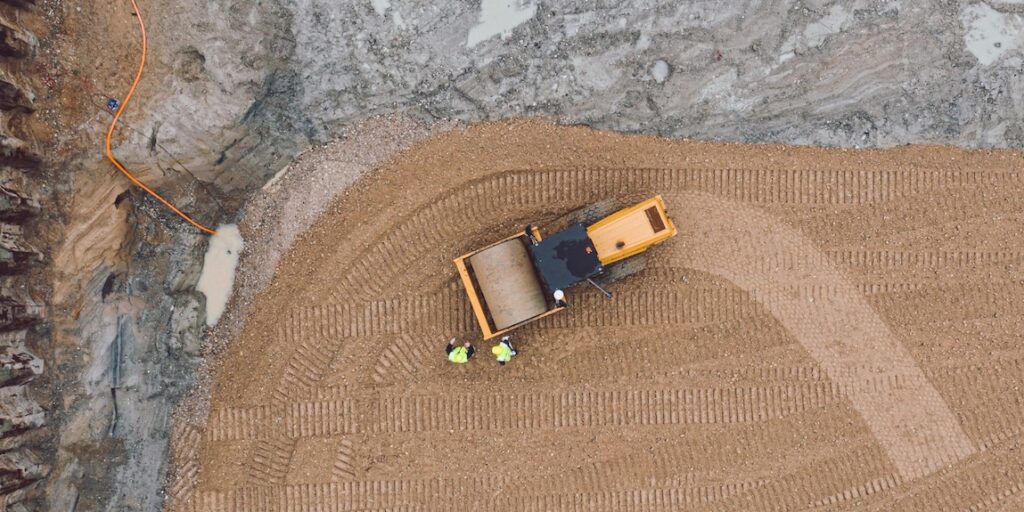
Construction equipment theft is a growing concern, with valuable machinery often targeted due to its high resale value and relative ease of access on job sites. Thieves typically exploit security gaps, including inadequate perimeter fencing, lack of surveillance systems, and poor record-keeping.
Recovering stolen construction equipment, or preventing theft as a whole, could save your construction company hundreds of thousands a year. Today, equipment owners are in a fortunate position where GPS trackers and telematics systems are widely available and have significant benefits for your fleet.
In the US, heavy equipment theft costs the industry an estimated $400 million every year, with some estimates reaching $1 billion.
According to the National Equipment Register (NER), construction equipment theft in the USA is a significant problem, and certain states are more heavily impacted than others. Based on NER findings:
These states are particularly vulnerable due to their large construction industries and high volumes of equipment in use.
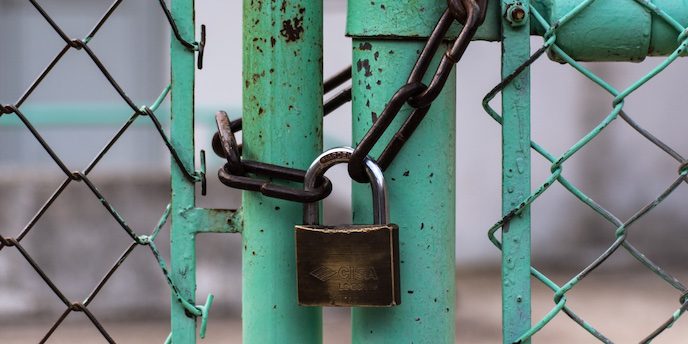
Even if your state isn’t listed among the top for construction equipment theft, it doesn’t mean you’re immune to the risk. The high percentage of theft in certain states often correlates with the sheer number of machines present and the scale of the construction industry there. Every job site has vulnerabilities, so it’s essential to implement robust security measures regardless of your location.
Despite the high incidence of construction equipment theft, the recovery rate for stolen heavy equipment is alarmingly low. On average, only about 20% of stolen equipment is ever recovered, according to the NICB.
This stark reality underscores the importance of implementing robust prevention measures.
The types of machinery most frequently targeted by thieves often include:
These machines and equipment are prime targets owing to their high value, ease of access, and mobility, making them relatively simple to steal and sell on the black market.
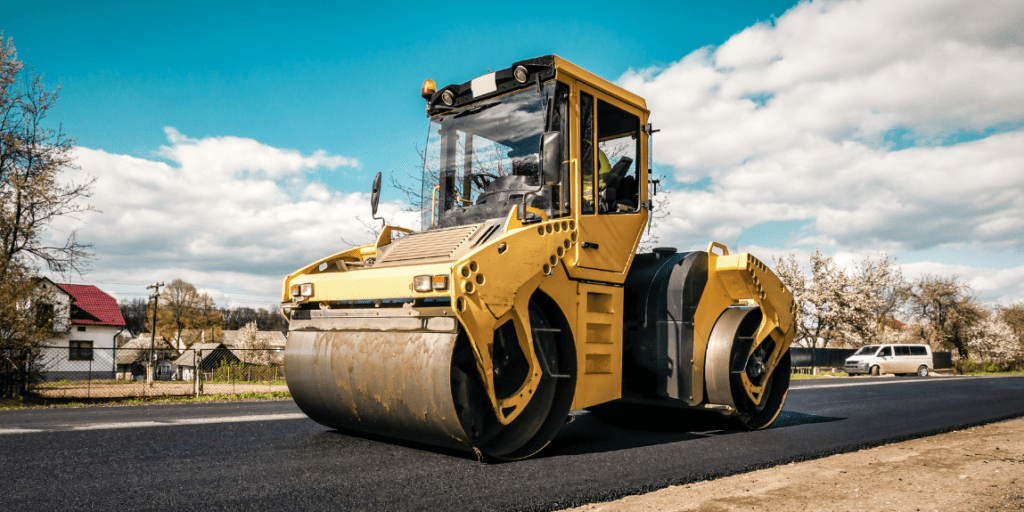
Properly securing these pieces of equipment can significantly reduce the risk of fleet theft on your construction site.
The timing of construction equipment theft is not random, with certain patterns emerging that highlight when thefts are more likely to occur. Thieves often strike during long weekends and holiday periods when job sites are less monitored and activities slow down.
Additionally, nighttime and early mornings are prime times for theft due to reduced visibility and fewer workers on-site. This timing is significant as it gives criminals an advantage, allowing them to operate under less scrutiny and increasing the chances of a successful theft.
Awareness of these common times can help in planning enhanced security measures during these vulnerable periods.
Thieves frequently target several equipment brands due to their high resale value and widespread use across the construction industry. The most commonly stolen brands include:
These brands are in high demand in both legitimate and illicit markets, making them prime targets for theft. Their prevalence on construction sites means they are often readily accessible, and their parts are valuable and relatively easy to resell. Implementing stringent security system measures for these brands can greatly reduce the likelihood of theft.
According to the European Rental Association (ERA), European construction equipment theft incurs an estimated annual cost of €1.5 billion. The Joint Research Centre (JRC) insurance data reflects similarly concerning statistics, with a recovery rate for stolen machinery in Europe hovering around just 25%.
These figures highlight the substantial impact of equipment theft on the European construction industry, necessitating rigorous prevention and recovery measures.
Construction site theft can have severe repercussions, significantly disrupting job progress and incurring substantial financial losses. When vital equipment is stolen, operations can halt, causing delays and missed deadlines, leading to penalties and damaged client relationships.
Financially, the immediate cost of replacing stolen equipment is often coupled with increased insurance company premiums and additional security expenditures. Beyond the tangible losses, theft can also demoralize the workforce and erode trust within the team, as well as among contractors and clients.
Machine theft is a pervasive issue in the construction industry due to several key factors.
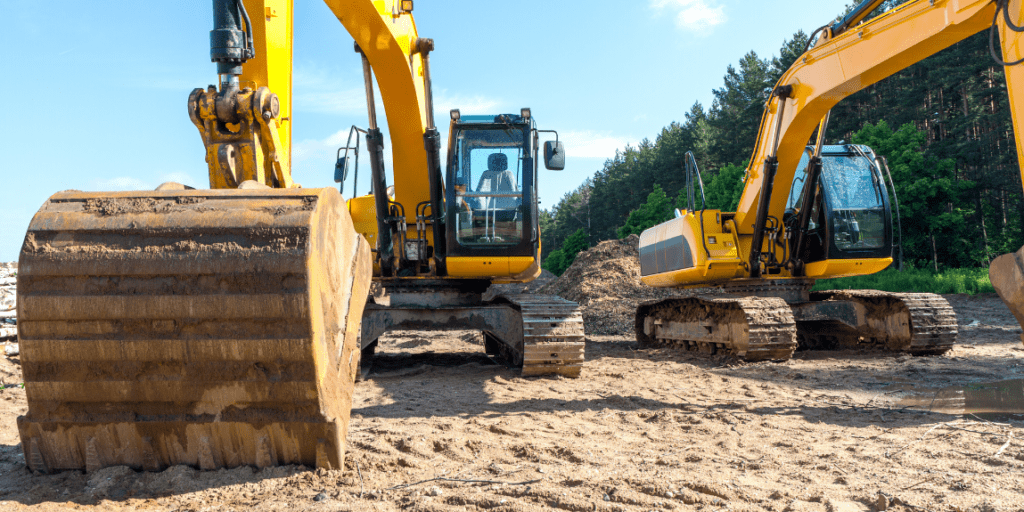
First, construction equipment is usually high in value, with individual pieces costing thousands to hundreds of thousands of dollars. Their significant resale value makes them attractive targets for thieves.
Furthermore, construction sites are often expansive, with many people going in and out, proving difficult to secure fully. This provides numerous opportunities for theft, especially during off-hours and periods of low activity. The frequent movement of machinery between sites complicates tracking and recovery efforts.
Additionally, stolen machinery can result in increased insurance premiums and additional security investments, further straining project budgets.
Another challenge in combating construction equipment theft is the lack of a standardized registration system.
Unlike automobiles, heavy machinery does not typically have mandated registration akin to vehicle VIN numbers, nor is there a centralized database for tracking ownership and theft across different jurisdictions. This absence of registration makes it difficult to trace stolen equipment and impedes recovery efforts.
Stealing construction equipment is considered a low-risk crime because thieves often don’t get caught, and even when they are, the punishment is typically minimal. This lack of significant consequences further encourages the proliferation of such thefts.
Replacing or recovering stolen items is time-consuming and costly. Preventing theft is challenging without new security measures. However, advancements in technology and telematics can significantly boost recovery chances. With the Trackunit system, you can track all your heavy equipment and smaller assets, ensuring your entire fleet stays connected.
Trackunit Raw provides you with real-time updates. When your machine is active, the GPS tracking system transmits location, utilization, and machine data every 2 minutes. If the machine is inactive, updates are sent every 15 minutes.
This system keeps you consistently informed about your equipment’s status. Although it cannot prevent theft, it significantly increases the chances of recovering stolen equipment.
Creating a geofence alarm alerts you when equipment enters an unauthorized area and aids in the recovery of your machinery. These alarms function based on a defined perimeter that you can set through Trackunit Manager.
Should your equipment venture beyond this boundary, you will receive a notification, informing you of its movement. This feature can significantly aid in thwarting construction equipment theft by promptly notifying you of any suspicious activity on your or your client’s site during non-working hours.
Parking equipment in groups can serve as an effective deterrent against theft. When machinery is clustered together, it becomes more challenging for thieves to isolate a single piece of equipment without attracting attention. This setup also minimizes accessible points for quick and unobserved removal, making it more difficult for unauthorized individuals to maneuver or operate the machinery.
By reducing the easy paths of access and movement, parking in groups enhances site security and provides a psychological deterrent. It signals to potential thieves that the site is closely monitored and presents a higher risk for theft attempts. Additionally, this method facilitates easier surveillance and monitoring, further contributing to the overall security of the construction site.
Fences and gates serve as physical barriers that significantly deter thieves. By enclosing the construction site, these structures restrict unauthorized access and make it more difficult for thieves to enter and exit with stolen equipment.
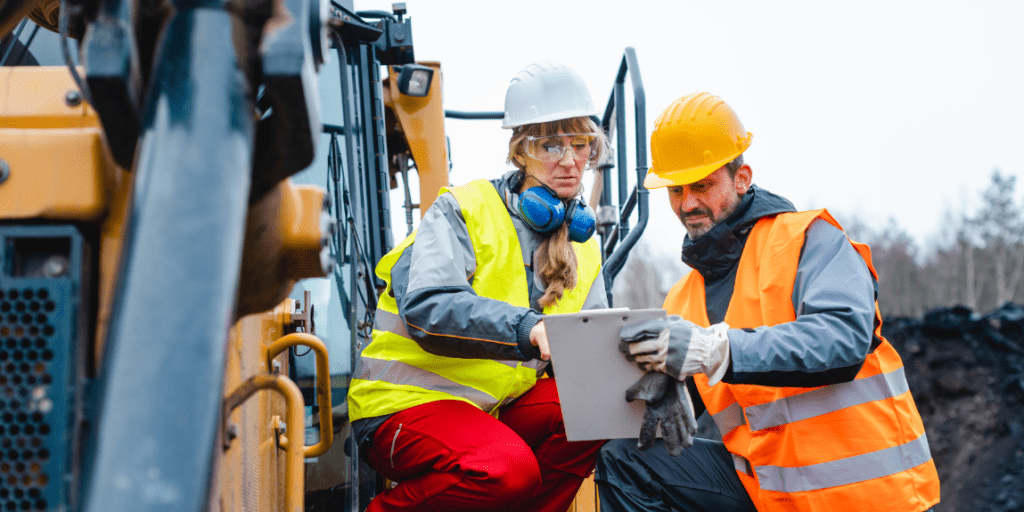
Gates can be locked during non-working hours, further enhancing security. The presence of these barriers signals heightened security measures, discouraging would-be thieves from attempting theft.
Implementing a single-point entry/exit system enhances site security by funneling all personnel and equipment through one controlled access point. This approach simplifies monitoring and reduces the likelihood of unauthorized entry. With a designated entry/exit, security personnel can efficiently check credentials, log equipment, and maintain detailed records of all movements.
This controlled access serves as a powerful deterrent to theft, as it minimizes blind spots and makes it more challenging for thieves to slip in unnoticed, thereby safeguarding valuable machinery and assets.
Installing security cameras in well-lit areas significantly enhances the security of a construction site by providing continuous surveillance and clear visibility, which deters potential thieves. Visible cameras serve as a deterrent to criminal activity, as the likelihood of being recorded and identified increases.
Additionally, adequate lighting ensures that any suspicious activity is clearly captured, making it easier to monitor the site and retrieve useful footage for law enforcement to identify and apprehend culprits. This combination of surveillance technology and proper illumination creates a more secure environment, reducing the risk of theft and unauthorized access.
Logging every person and vehicle that enters and exits the site enhances theft prevention by providing a detailed record of all movements, making it easier to track any anomalies or unauthorized activities.
This data allows for swift identification of suspicious individuals or vehicles, facilitating quicker investigation and response. Maintaining such records creates accountability, as everyone entering or exiting the site is aware they are being monitored, which discourages potential thieves from attempting to steal equipment.
So bleiben Sie immer auf dem Laufenden. Wir senden Ihnen eine E-Mail, wenn neue Artikel zum Thema Telematik veröffentlicht werden.